In Ancient Egypt, death was seen as a transition to another realm, and the journey to the afterlife was as important, if not more so, than life itself. Egyptians believed that the soul’s eternal existence depended heavily on the rituals performed after death. These funeral rituals were not only practical but deeply religious, as they were thought to ensure the deceased’s safe passage to the afterlife, where they could live forever. From elaborate mummification processes to the use of the Book of the Dead, and from the construction of tombs to the performance of sacred ceremonies, the Egyptians developed a system of customs and beliefs that reflected their profound respect for life beyond death. This article delves into the key elements of these funeral rituals, revealing how they shaped Egyptian views on the afterlife and their meticulous efforts to guarantee immortality for their deceased loved ones.
- Egypt Tour Magic
- Egypt Tour Packages
- Excursions in Egypt
- Cairo Tours and Excursions
- Hurghada Tours and Excursions
- Soma Bay Tours and Excursions
- Makadi Bay Tours and Excursions
- Sahl Hasheesh Tours and Excursions
- El Gouna Tours and Excursions
- Marsa Alam Tours and Excursions
- Port Ghalib Tours and Excursions
- El Quseir Tours and Excursions
- Dendera and Abydos Day Tours
- Aswan Tours and Excursions
- Luxor Tours and Excursions
- Alexandria Tours and Excursions
- Sharm El Sheikh Tours and Excursions
- Top Rated Tours in 2025
- Optional Excursions in Egypt
- Private Transfer
- Blogs About egypt
- Ancient Egypt
- What You Need To know Before Your First Trip To Egypt
- Best Places to Visit in Egypt 2025
- Top Attractions in Red Sea Resorts 2025
- Top 10 Tourist Activities in Egypt
- Top 30 Activities You Can’t Miss in Egypt
- The Guide to Guided Tours in Egypt
- Egypt’s Ancient and Modern History
- The Nile River
- The Deserts of Egypt
- Historical Sites in Egypt
- Cairo
- Alexandria
- Luxor
- Aswan
- The Red Sea
- Dendera Temple
- El Fayoum Oasis
- Bahariya Oasis
- Siwa Oasis
- Al Alamein
- Marsa Matruh
- Ancient Egyptian gods
- famous Egyptian dishes
- UNESCO World Heritage sites
- About Us
- Why Egypt Tour Magic
- Egypt Tour Magic
- Egypt Tour Packages
- Excursions in Egypt
- Cairo Tours and Excursions
- Hurghada Tours and Excursions
- Soma Bay Tours and Excursions
- Makadi Bay Tours and Excursions
- Sahl Hasheesh Tours and Excursions
- El Gouna Tours and Excursions
- Marsa Alam Tours and Excursions
- Port Ghalib Tours and Excursions
- El Quseir Tours and Excursions
- Dendera and Abydos Day Tours
- Aswan Tours and Excursions
- Luxor Tours and Excursions
- Alexandria Tours and Excursions
- Sharm El Sheikh Tours and Excursions
- Top Rated Tours in 2025
- Optional Excursions in Egypt
- Private Transfer
- Blogs About egypt
- Ancient Egypt
- What You Need To know Before Your First Trip To Egypt
- Best Places to Visit in Egypt 2025
- Top Attractions in Red Sea Resorts 2025
- Top 10 Tourist Activities in Egypt
- Top 30 Activities You Can’t Miss in Egypt
- The Guide to Guided Tours in Egypt
- Egypt’s Ancient and Modern History
- The Nile River
- The Deserts of Egypt
- Historical Sites in Egypt
- Cairo
- Alexandria
- Luxor
- Aswan
- The Red Sea
- Dendera Temple
- El Fayoum Oasis
- Bahariya Oasis
- Siwa Oasis
- Al Alamein
- Marsa Matruh
- Ancient Egyptian gods
- famous Egyptian dishes
- UNESCO World Heritage sites
- About Us
- Why Egypt Tour Magic
Funeral Rituals in Ancient Egypt: Ensuring Safe Passage to the Afterlife
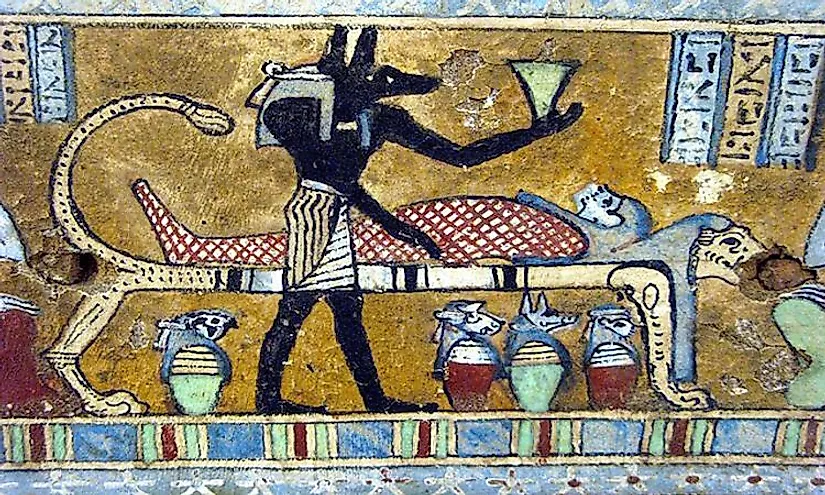
1. Mummification: Preserving the Body
One of the most important aspects of funeral rituals in Ancient Egypt was mummification. Egyptians believed that the body needed to be preserved to ensure that the soul would be able to return to it in the afterlife. The mummification process involved removing the internal organs, drying the body with natron salts, and wrapping it in linen bandages. This process was meticulous and took around 70 days. The body was then placed in a sarcophagus or a tomb, where it would be protected for eternity. The preservation of the body was seen as a way to keep the ka (spirit) anchored to the physical realm, allowing it to recognize and return to its earthly home in the afterlife.
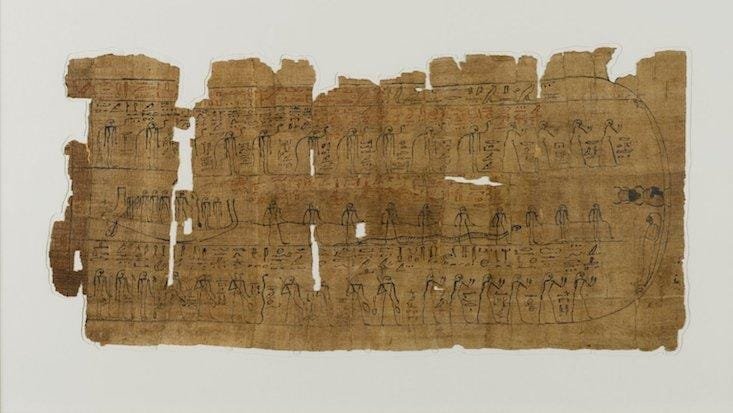
2. The Book of the Dead: A Guide to the Afterlife
The Book of the Dead was a crucial text in Ancient Egyptian funeral practices. It consisted of spells, prayers, and incantations designed to help the deceased navigate the journey to the afterlife. This ancient manuscript was often placed in the tomb or with the deceased to ensure safe passage through various challenges, including encounters with gods, demons, and judgment in the afterlife. The most important part of this journey was passing the test in the Hall of Judgment, where the heart of the deceased was weighed against the feather of Ma'at, the goddess of truth and justice. If the heart was found to be pure, the deceased would be granted eternal life in the afterlife.
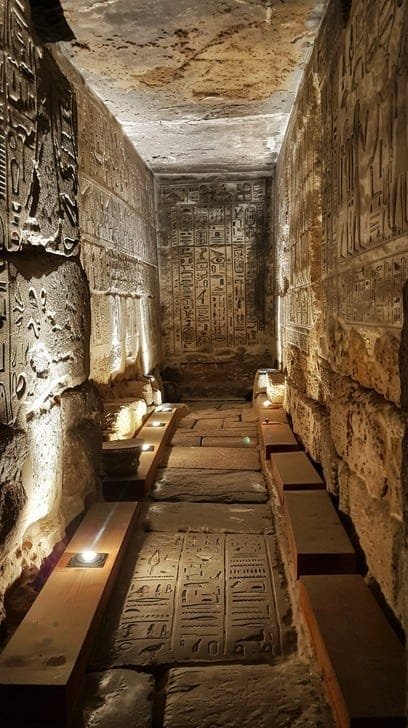
3. Tombs and Temples: Sacred Spaces for the Deceased
The tomb and the temple were essential components of the Egyptian funeral process. Tombs were built as houses for the dead, intended to provide a place for the soul to rest and reside for eternity. Inside, tombs were often decorated with scenes depicting the deceased in daily life, ensuring that they would be surrounded by familiar images. Temples, on the other hand, were used for offerings and rituals performed by priests to honor the deceased and ensure that their soul continued to receive sustenance in the afterlife. The Egyptian belief in the significance of the tomb was so strong that even monumental structures like the pyramids were built as grand tombs for the pharaohs.
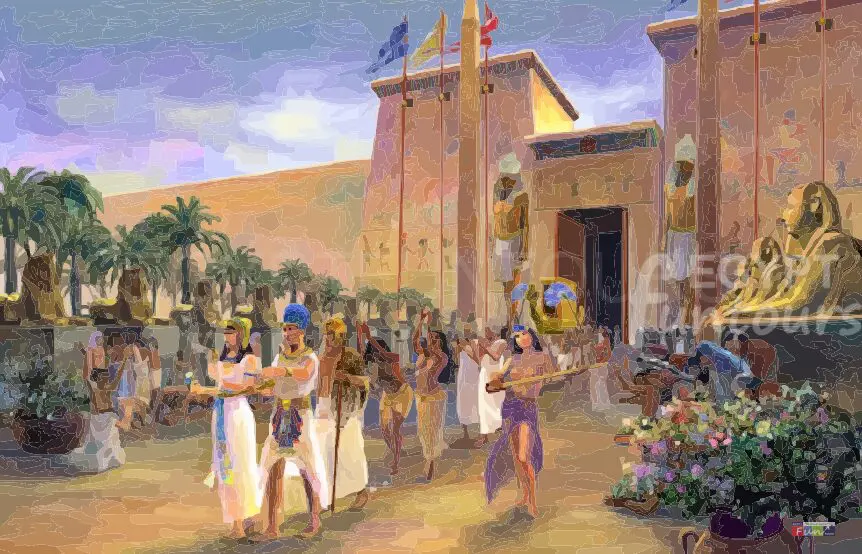
4. Funerary Festivals: Celebrating the Dead
Funerary festivals played an important role in the Egyptian belief in life after death. These festivals were held at regular intervals to honor the deceased and ensure that they were properly cared for in the afterlife. Offerings of food, drink, and incense were presented at the tomb or temple, and the deceased’s name was invoked during prayers. The festivals allowed the living to maintain a connection with their ancestors and reinforce the belief that the deceased continued to play an active role in the spiritual life of the family and community. Annual celebrations or the feasts of the dead were an essential part of Egyptian culture.
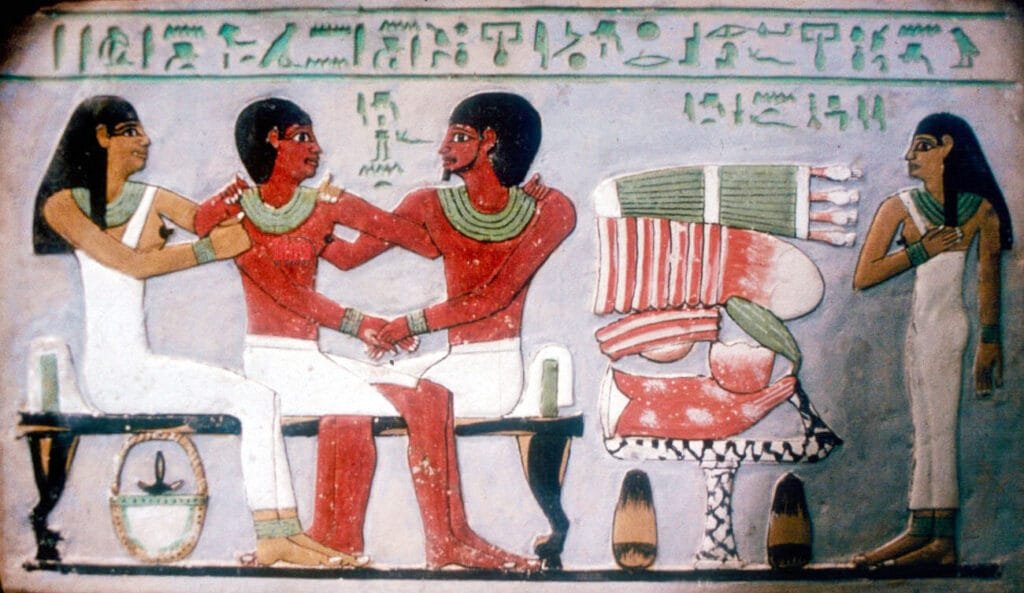
5. Statues and Offerings: Material Connections to the Soul
In Ancient Egypt, statues and offerings were essential for the deceased's survival in the afterlife. Statues, often made of stone or wood, were placed in tombs as representations of the deceased. These figures were believed to serve as a physical space for the soul to inhabit if the body decayed. Along with statues, offerings such as food, drinks, and valuable objects were placed in tombs to ensure that the deceased would be well-nourished in the afterlife. These material goods were symbolic of the need to provide for the deceased’s journey and reflect the ongoing relationship between the living and the dead.
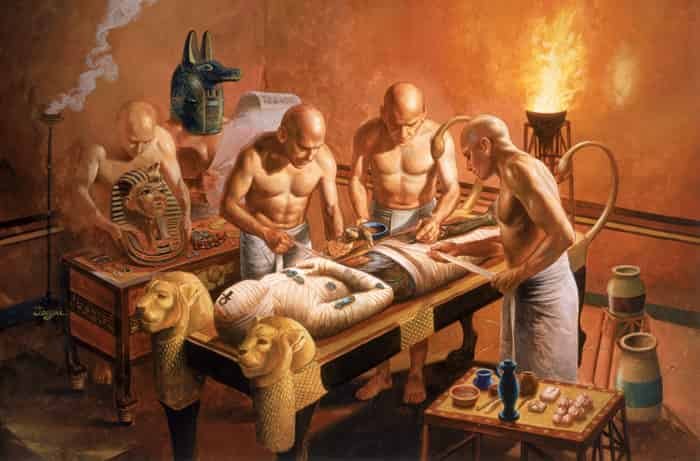
6. The Judgment of Osiris: The Final Test
One of the most important aspects of the Egyptian afterlife beliefs was the judgment of the deceased. The soul of the deceased was believed to pass through the Hall of Two Truths, where their heart was weighed against the feather of Ma'at, the goddess of truth. This judgment was overseen by Osiris, the god of the afterlife and resurrection. If the deceased had lived a life of ma'at (truth, balance, and justice), their heart would be light as a feather, and they would be allowed to enter the afterlife. However, if their heart was heavy with sin, they would face destruction by Ammut, the devouring demon, and be denied eternal life.
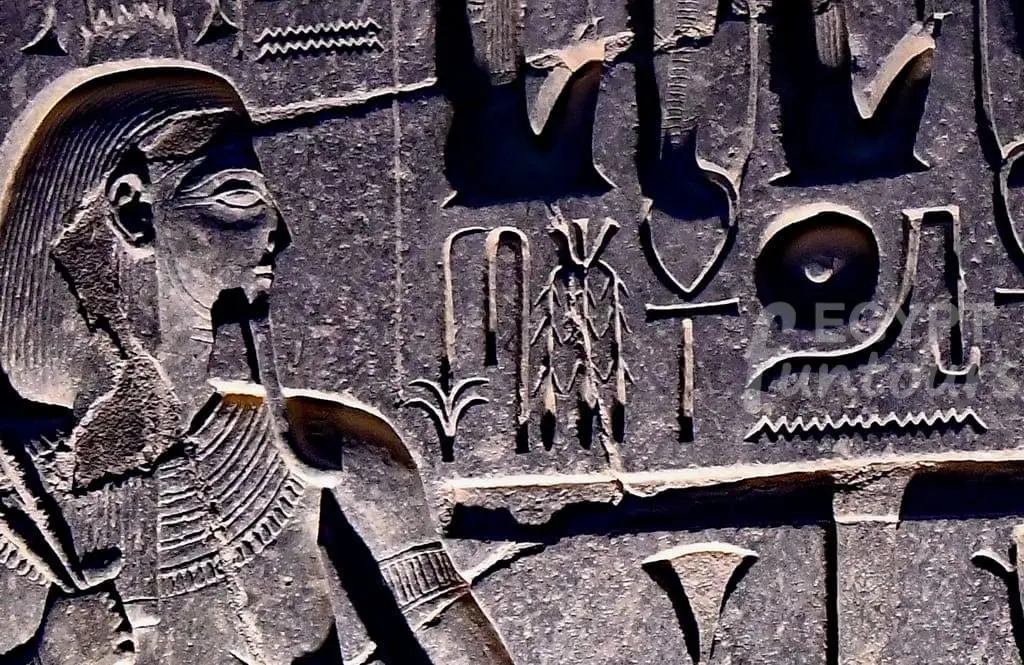
7. Resurrection and Eternal Life: The Egyptian Concept of Immortality
The concept of resurrection was central to the Egyptian understanding of death and the afterlife. Egyptians believed that, like the god Osiris, they could be resurrected after death, emerging as a ba (spirit) who would live forever in a paradise-like afterlife. This afterlife was often envisioned as a perfect version of life on Earth, where the deceased could enjoy all the pleasures they had on Earth. The belief in immortality was deeply embedded in Egyptian culture, and this notion of resurrection and eternal life was represented in the elaborate burial rituals and monumental tombs that the Egyptians constructed.
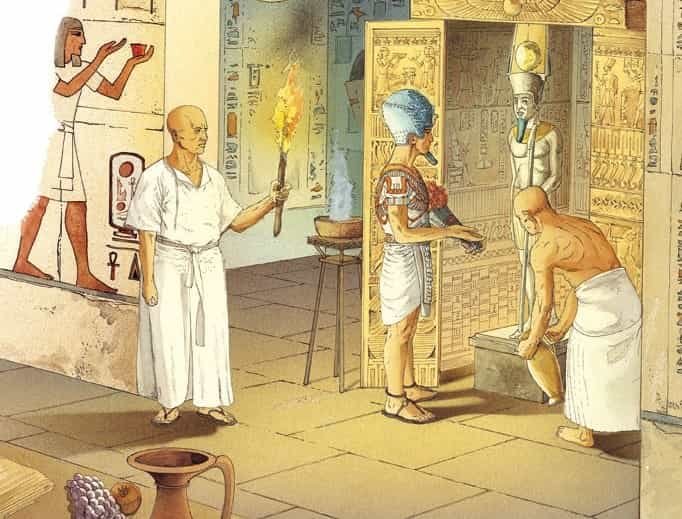
8. The Role of Priests and Funeral Ceremonies
In Ancient Egypt, priests played a crucial role in the funeral process, conducting various ceremonies to ensure the deceased's safe passage to the afterlife. These funeral rites were meticulously performed to honor the gods and provide spiritual protection for the deceased. The priests recited prayers, performed rituals, and offered incense and food at the tombs of the deceased. Special rituals, such as the Opening of the Mouth ceremony, were performed to restore the senses of the deceased, enabling them to eat, speak, and see in the afterlife. The priests acted as intermediaries between the gods and the dead, ensuring that the soul was protected and granted the necessary provisions for eternal life. Their role highlights the strong link between religion, ritual, and the afterlife in Ancient Egyptian culture.


